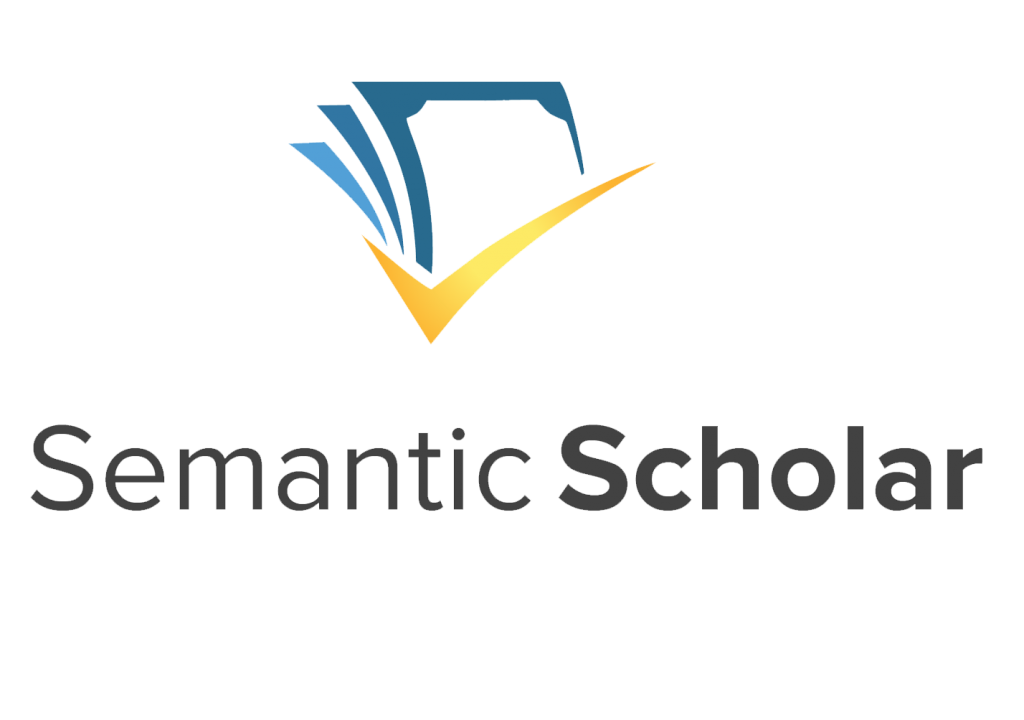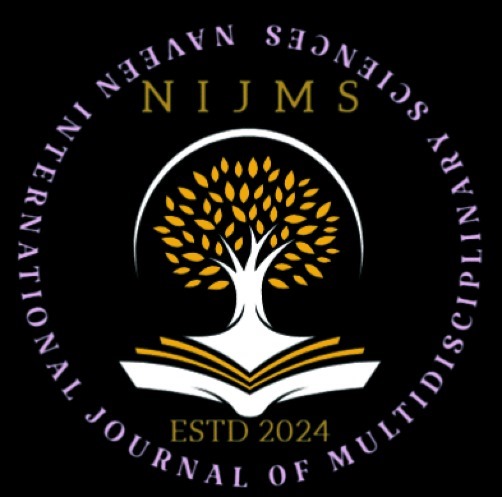The Impact of Digital Storytelling Tools on Mathematics Achievement in Secondary Education
DOI:
https://doi.org/10.71126/nijms.v1i6.75Keywords:
Storytelling Pedagogy, Artificial Intelligence, Augmented Reality, Digital Pedagogy, Mathematics EducationAbstract
This study examines how effective three storytelling teaching methods are. These methods include oral storytelling, AI-generated video storytelling using Narakeet, and augmented reality video storytelling with MetaSpark. The focus is on improving mathematics instruction for Class 7 students. Implemented in eight private schools in Delhi, the intervention engaged 16 mathematics pedagogy trainee teachers during their internship, who collectively instructed 561 students over three consecutive weeks. Each week addressed a distinct topic—Decimals, Fractions, and Ratio & Proportion—using one storytelling format. Employing a mixed-methods design, the study utilized standardized pre- and post-tests (MAT I–III) and student feedback instruments to evaluate learning gains and engagement.
Findings show that all three methods led to significant learning gains. However, AR storytelling resulted in the highest post-test improvements, engagement levels, and supervisor ratings. Clear instructional pace and clarity in instructional design were preferred for AI-produced videos, while oral storytelling maintained levels of cultural saliency and affective depth. The study highlights the teaching potential of blending storytelling with digital technologies for promoting conceptual mastery in mathematically dense material. Applications for teacher education involve incorporating digital storytelling skills in pre-service education to promote instructional creativity and student engagement.
Downloads
Published
Issue
Section
License
Copyright (c) 2025 Naveen International Journal of Multidisciplinary Sciences (NIJMS)

This work is licensed under a Creative Commons Attribution-NonCommercial 4.0 International License.













